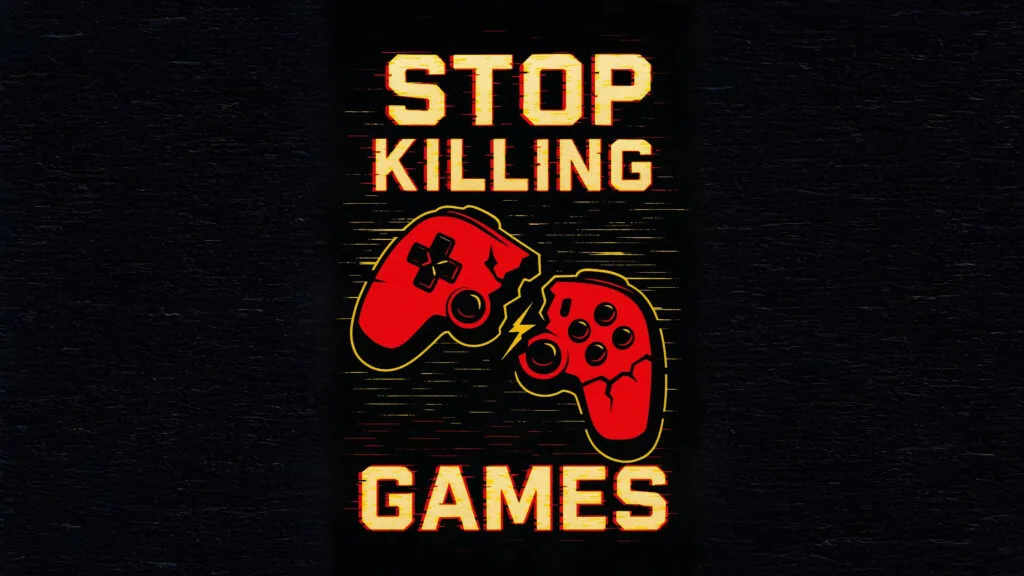The status of video games as art has been a topic of debate for many years. Video games are frequently disregarded as “products of entertainment” that lack a lasting cultural impact, unlike books, films, or music. By examining their form, constituents, and consequences, it becomes clear that the medium is frequently as refined and efficient in composition as popular art.
Why Games Are Often Excluded
Often, games are not classified as art due to their interactive nature, which involves the goal of winning, scoring, or progressing through levels. Traditional art and its aesthetics are evident in the artist’s approach to art. Games, by contrast, are participatory. Changes to outcomes, skipping specific segments, or disregarding entire plotlines are available to the player.
Most games are marketed for commercial gain, as stated by critics. Major franchises prioritize profitability and often rely on addictive mechanics and repetitive formulas. While the gaming industry is renowned for its blockbuster and mass-market novel titles, there are concerns about how microtransactions and loot boxes will be used to finance other forms of monetization.
Games are also influenced by visual arts. Despite negative reviews, games have almost all the features present in traditional artistic forms. Many games employ the talents of concept artists, illustrators, and digital sculptors to create elaborate worlds that mirror those found in paintings or animated films. This is known as inventive design. The galleries and their art pieces are as meticulously executed as their visual design, color theory, or direction. Examples include Journey, Gris, and Ghost of Tsushima.
Many games have narratives similar to those found in books. Both The Witcher 3 (released in 2006) and Disco Elysium are role-playing games that feature plot twists and character arcs informed by moral uncertainty and philosophical questions. Their well-crafted storytelling is on par with that of novels.
Video game soundtracks often feature full orchestral sounds, theme motifs, and dynamic audio design. Koji Kondo (The Legend of Zelda) and Nobuo Uematsu (Final Fantasy) are both famous for their exceptional scores, and they have gained worldwide recognition. By examining environmental narratives, stories, and dialogue trees through writing, we can construct worlds. The act of writing is not limited to the plot; it involves multiple implications and different characters.
Interactivity as an Artistic Medium
No books, films, or music relate to games. Why? A story is what literature and cinema communicate to their readers. In games, it is usually the player who has control over what happens next or how things will turn out.
Games can be regarded as art for this reason. The ability to experience a story or visual world through direct immersion is available. How is this perceived? Unlike passive media, games can offer players more investment and moral engagement by challenging them to make decisions themselves, enforce those decisions, or play as characters who are sacrificed.
Arguments Against Games as Art
The majority of games are not considered art. Why is this? There is a difference between the intentions of games and artists, with players being free to change those intentions. When playing, the speaker may not speak, engage in mindless swings, or disregard all metaphors within a novel.
In addition, games centered on commodities are frequently unreliable. Several titles are designed to be humorous or lucrative, without any artistic merit or subject matter.
Why the Debate Matters
The artistry of games defines their value, preservation, and cultural importance. This influences the curriculums of universities, scholarships, and activities such as museum exhibitions and preservation within archives.
It also defines the way that game designers do business. Rather than just being profit-centered, it promotes creativity, artistic vision, and investment in quality craftsmanship.
Conclusion
Games combine visual art, music, literature, and storytelling but differ from static media in that they are interactive. Games enable players to engage directly with themselves, encouraging thought, evoking sophisticated feelings, and testing philosophical assumptions — something novels or films cannot.
Whether games are art or not is usually a matter of individual standards. Most books, films, and music likewise don’t fit traditional standards for fine art. The argument not only holds up in analyzing current culture but is required, considering many games are overtly expressing artistic intent and having artistic influence.



